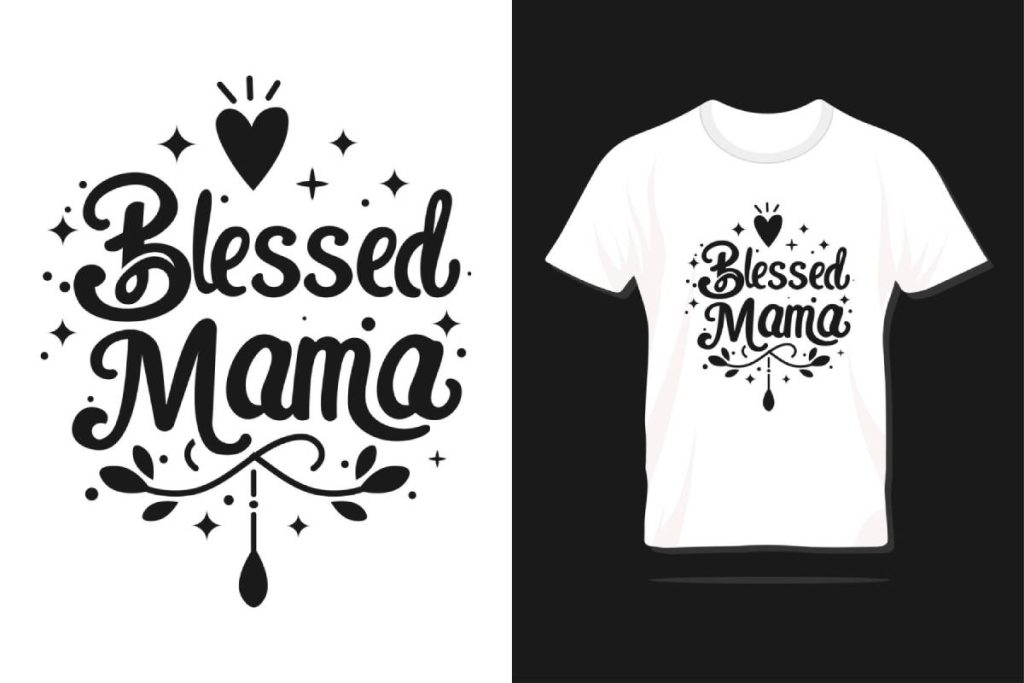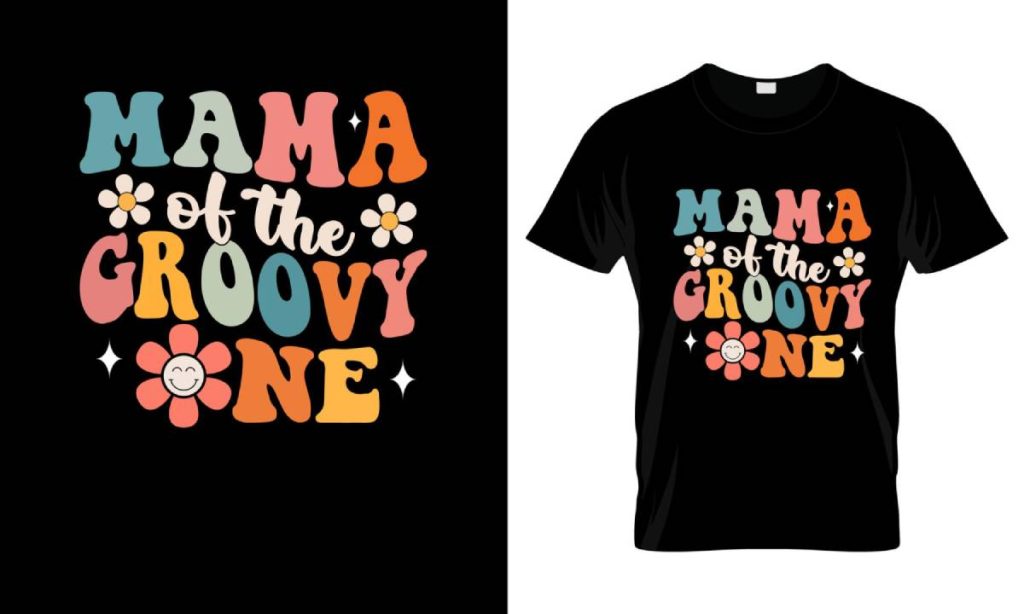DTF fabrics are the foundation of Direct-to-Film apparel printing, shaping color vibrancy, texture, and wash durability. Choosing the right materials for DTF printing fabrics helps your designs stay crisp across cotton, blends, and even some synthetics. This guide highlights the best fabrics for DTF printing and explains how fiber content, weave, and finish influence transfer performance. It also covers DTF apparel printing supplies—inks, adhesive powders, films, and top coats—and how they interact with different textiles. For brands, choosing DTF fabrics for printing on garments means better color fidelity, durability, and wearer comfort across collections.
From a substrate perspective, the core of DTF work rests on choosing garment bases that cooperate with film-based transfers and heat. Different textile substrates—natural fibers, cotton-rich blends, and polished synthetics—offer varying results in edge sharpness, color lift, and wash durability. When evaluating options, retailers and printers often consult DTF transfer printing materials and related terms to compare performance, cost, and compatibility with inks and films. In practice, looking beyond fabric type to surface texture, weight, and finish helps you align quality with your design goals and production workflow.
DTF Fabrics and Print Quality: How Material Choice Shapes Color, Texture, and Durability
DTF fabrics play a pivotal role in determining the overall look and feel of a finished garment. The choice of material influences how the transfer adheres, how colors sit on the fabric, and how the print withstands repeated washes. Understanding the interaction between inks, films, and fabric texture helps you predict crisper edges, better saturation, and longer wear life for every design.
When selecting fabrics for DTF printing, consider categories such as fabrics for DTF printing on garments and the stability of the fiber. A fabric’s surface texture, weight, and weave affect how evenly the film and adhesive bond, how much the print can lift during wear, and how the hand feels after transfer. This awareness sets the stage for consistent branding and reliable performance across orders.
Best Fabrics for DTF Printing: Cotton, Blends, and Beyond
Cotton and high cotton blends are widely regarded as among the best fabrics for DTF printing. Their open fiber structure accepts the adhesive layer consistently, producing crisp outlines and vibrant color lift with a soft hand feel. Cotton-rich fabrics also tend to maintain wash durability and resist edge cracking when paired with well-muited powders and inks.
Beyond pure cotton, cotton/poly blends (such as 60/40 or 50/50) and even some polyester blends offer strong performance. These fabrics balance print fidelity with durability and shape retention, making them popular for everyday wear and promotional lines. While polyester can yield bright colors, it may require careful temperature and dwell-time adjustments to achieve optimal opacity and edge definition.
DTF Apparel Printing Supplies: How Inks, Films, and Powders Interact with Fabrics
DTF apparel printing supplies—including inks, films, and adhesive powders—shape how well a fabric accepts color and how the transfer bonds under heat. The choice of powder depth and bonding characteristics can influence the final hand feel and the perceived weight of the print on different textures. Matching these supplies to your fabric category helps ensure consistent saturation and durability.
For cotton-rich fabrics, standard powders and typical film setups often perform reliably. On slick poly fabrics, you may experiment with slightly different powders or coating thickness to improve bonding and edge sharpness. Always align your DTF transfer printing materials with your fabric family and run small swatch tests before committing to larger runs.
Testing and Quality Control for Consistent DTF Results
A structured test plan is the simplest path to reliable results across fabrics. Start with a swatch set that includes 2–3 fabrics per material category, then print a standard design to compare color saturation, edge definition, and stretch. This approach helps you quantify how each fabric handles the transfer under your printer profile and ink set.
Quality control should also cover alignment, wash durability, hand feel, and drape. After one wash, inspect color retention and edge integrity, and repeat with multiple cycles to simulate real-world wear. Document results so you can quickly select fabrics that consistently produce strong, brand-accurate outcomes.
Managing Fabric Weight, Finish, and Comfort to Protect Brand Consistency
Weight and finish influence how a print sits on a garment and how comfortable the wearer feels. Midweight, smooth fabrics often yield the most even transfers with robust durability, while heavy fabrics may require adjusted heat and dwell times. Matching weight to the design’s intended wear and function helps preserve brand consistency across products.
Texture and hand feel matter as much as color and edge sharpness. Fabrics with too rough a surface or noticeable texture can blur fine lines, whereas very slick surfaces may repel the adhesive. Testing across several finishes—matte, brushed, or ribbed—ensures you can offer garments that look great and feel comfortable in daily use.
From Swatch to Shop Floor: A Practical Roadmap for DTF Printing
A practical implementation plan begins with building a fabric library that catalogs best-performing materials for DTF printing and notes on each fabric’s behavior with different supplies. This library becomes a reference as you scale production and introduce new suppliers or designs, helping you maintain consistency across batches.
Pilot runs are essential before large orders. Start with small batches to validate color, edge integrity, and wash durability for each fabric family, then translate those results into production guidelines. By aligning fabrics, supplies, and process settings, you can deliver reliable prints that meet brand standards while preserving comfort and wearability.
Frequently Asked Questions
What are the best fabrics for DTF printing?
DTF fabrics with stable fibers and a smooth surface tend to print best. Top picks are 100% cotton or high-cotton blends, plus cotton/poly blends (60/40, 50/50, 65/35). These fabrics offer reliable ink uptake, crisp edges, and solid color saturation. Weight around 150–240 g/m2 is a practical range; test linen separately if needed, and approach very slick or highly stretchy finishes with caution.
Which fabrics for DTF printing on garments tend to perform best?
Cotton-rich fabrics and smooth, midweight materials usually yield the most consistent results in DTF printing on garments. Start with 100% cotton or cotton blends, then explore poly blends if you need extra durability. Always run a small swatch test to verify color, edge sharpness, and wash performance.
How do DTF transfer printing materials affect fabric performance?
DTF transfer printing materials—powder, adhesive, ink, film, and any top coats—interact with fabric texture and weight. For cotton blends and midweights, standard powders work well; slick poly may need different powder thickness or coating and adjusted heat settings. Always test with your chosen fabric to confirm adhesion, color depth, and wash durability.
What should I consider when choosing DTF apparel printing supplies for fabrics?
Choose DTF apparel printing supplies that match your fabric family. Use textile-grade inks and compatible films, select powders and adhesive appropriate for cottons or poly blends, and adjust pre-press and heat settings by fabric weight. Testing with representative fabrics helps ensure compatibility and print durability.
What testing steps help identify the best DTF fabrics?
Follow a structured test plan: swatch sets for each fabric category (cotton, cotton blends, polyester blends, synthetics); check alignment; evaluate wash durability after one and several washes; assess hand feel and drape; record color management results to guide future material choices.
Are polyester fabrics suitable for DTF printing?
Polyester and poly blends can produce vibrant prints, but very slick or tight fabrics may require different transfer settings and color profiles. If you are using fabrics for DTF printing on garments that are polyester-based, thorough testing and adjustments to heat, dwell time, and adhesive powder are essential. For many shops, cotton or cotton blends remain the most forgiving choice among fabrics for DTF printing on garments.
| Topic | Key Points | Notes |
|---|---|---|
| Introduction | DTF fabrics are the canvas for Direct-to-Film apparel printing; fabric choice affects color vibrancy, texture, stretch, and wash durability. | Understanding fabric impact helps you deliver high-quality prints and comfortable garments, whether you run a small line or a large shop. |
| Why fabric choice matters in DTF printing | Fabric must accept the transfer evenly, hold color through multiple washes, and cooperate with adhesive powder and heat settings. Different fabrics absorb ink differently and have varying textures and heat responses. | Poor choices can cause color shifts, cracking, or reduced durability; selection is a performance decision affecting color accuracy and garment feel. |
| Fabrics that print best with DTF – 100% cotton and high cotton blends | Good ink uptake, soft hand feel, reliable adhesion; crisp outlines and strong color saturation. | Typically a strong starting point; combed ring-spun cotton and high-quality cottons work well. |
| Fabrics that print best with DTF – Cotton/poly blends | Blends balance fidelity with durability and shape retention; prints resist creases and maintain color after washes. | Popular for everyday apparel and promotional wear. |
| Fabrics that print best with DTF – 100% polyester and poly blends | Vibrant colors are achievable; tight or slick poly may require careful adhesive and temperature control. | Common in performance wear; use appropriate settings for strong color, opacity, and wash durability. |
| Fabrics that print best with DTF – Light to mid-weight with smooth surface | Tight weave and smooth hand yield even transfers; typical sweet spot is 150–240 g/m2. | Heavier fabrics can work but may need adjusted heat and dwell times. |
| Fabrics that print best with DTF – Linen and natural fibers | Possible but less forgiving; more texture affects edge sharpness. | Test prints and adjust powder adhesion/press settings when working with linens. |
| Fabrics to approach with caution – Very slick or waxed finishes | Coatings can repel adhesives or ink. | Pre-testing or alternative approaches are required. |
| Fabrics to approach with caution – Very stretchy fabrics (high elastane/spandex) | Elasticity can affect ink adhesion and fill; testing is essential; consider lower dwell times. | Print on performance fabrics with fabric-specific testing. |
| Fabrics to approach with caution – Pure synthetic, very fine knits | Nylon and microfibers may require specialized powders or films. | Consult supplier for fabric-specific recommendations. |
| DTF supplies interaction | Powders/adhesive affect transfer bonding and hand feel; inks/film matter by fabric (cotton vs polyester); press settings depend on fabric weight; top coats can deepen color but must be DTF-compatible. | Tailor powders, inks, film, and heat settings to the fabric family; test on swatches. |
| Testing and quality control | Use a swatch set (2–3 fabrics per category); check alignment, wash durability, hand feel, and color management. | Document results to guide future material selection and printer profiles. |
| Practical tips for choosing fabrics | Prioritize fiber content (100% cotton or cotton-rich); consider weight/finish; test before large runs; build a fabric library. | Helps streamline material selection and ensure consistent results. |
| Brand and retailer relevance | Right fabrics lead to vibrant colors, crisp edges, and durable prints; reduces returns; supports scalable production. | Choose fabrics that align with product lines and production workflows. |
Summary
HTML table created to explain the key points of the base content in English. The table covers topics from introduction and why fabric choice matters to the best and cautionary fabric types for DTF printing, supplies interactions, testing/QA, practical tips, and brand impact.



